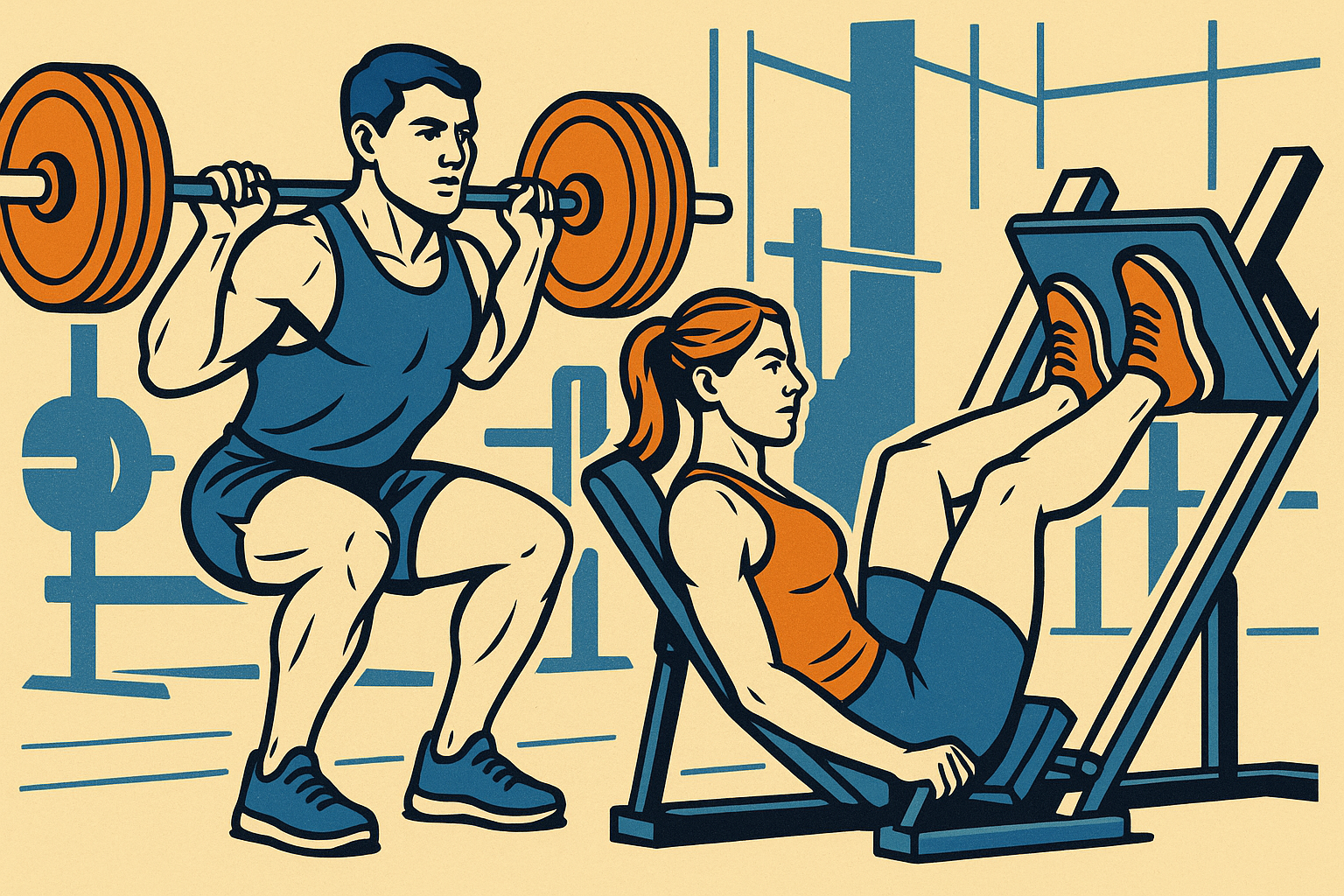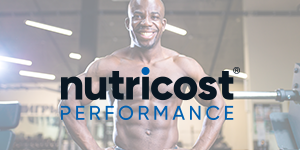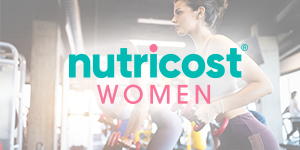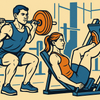Squat vs. Leg Press: Which Builds Better Power in 8 Weeks?

Ever wondered if the leg press can match a barbell squat for strength, or if the squat is still king?
A real-world study ran an 8-week comparison to show you the gains.
Why This Comparison Matters
Not all leg exercises are created equal. The barbell squat demands balance, stability, and coordination, while the leg press provides a controlled path and allows you to move heavy loads without as much core involvement.
Researchers designed this study to compare the effects of each on strength and explosive power over an 8-week training period with two sessions per week.
What the Study Found
After eight weeks of training, both groups saw noticeable improvements, but the results weren’t identical.

- Leg Press Builds Strength in That Specific Movement: Participants using the leg press showed significant improvements in their 1-rep max (1-RM) leg press strength.
- Squats Improve Strength and Explosive Power: The squat group increased their squat 1-RM, as well as performance in the squat jump and countermovement jump tests
- Isometric Strength Stayed Similar: Maximum isometric force did not change significantly in either group, and the rate of force development actually decreased slightly in the squat group.
- Squats Outperform Leg Press for Jump Performance: Improvements in jump performance were larger in the squat group, suggesting better transfer of training to explosive lower-body power.
Why the Leg Press Still Deserves a Spot in Your Training Routine![]()
While squats showed better improvements for explosive power, the leg press is still an incredibly effective tool for lower-body strength and muscle development, especially in these situations:

For beginners: The leg press is less complex, which makes it a safer entry point while you build strength and confidence.
For injuries or mobility limits: If squats cause knee, hip, or lower-back pain, the leg press allows heavy loading with less strain on stabilizing joints and the spine.
For hypertrophy: Because the machine guides the path of motion, you can often isolate your quads and glutes more effectively, leading to strong muscle growth over time.
For variety and volume: Even for seasoned squatters, adding leg presses can increase training volume without overtaxing your lower back or core.
The key takeaway: If you can squat safely, squats may give you a slight edge in functional power. But if you prefer the leg press or rely on it for accessibility, you are still building significant strength and muscle.
The Takeaway for Your Training

If your main goal is to build strength specifically on the leg press, sticking with the machine can absolutely help you achieve that.
On the other hand, if you are looking to improve overall lower-body power and athletic explosiveness, squats seem to have a slight edge according to this study.
When it comes to isometric strength, both exercises performed about the same, which means you are still making progress no matter which one you choose.
For many people, the best approach might be to include both in their routine. The leg press can safely load your legs with heavier weight and reduce stress on your back, while squats help develop coordination, functional strength, and explosive power.
Together, they can complement each other and create a well-rounded lower-body training plan.









